BMW's successful hatchback receives a more stylish exterior and new engines
Nearly two million 1 Series models have been sold since the introduction of the first 1 Series generation ten years ago and this latest incarnation is set to carry on the success of these three and five-door predecessors with new power units from the latest BMW engine family, additional EfficientDynamics technologies fitted as standard, and careful enhancements to the exterior and interior design. The level of standard equipment is now even higher, with new options added and with new mobility services from BMW ConnectedDrive.
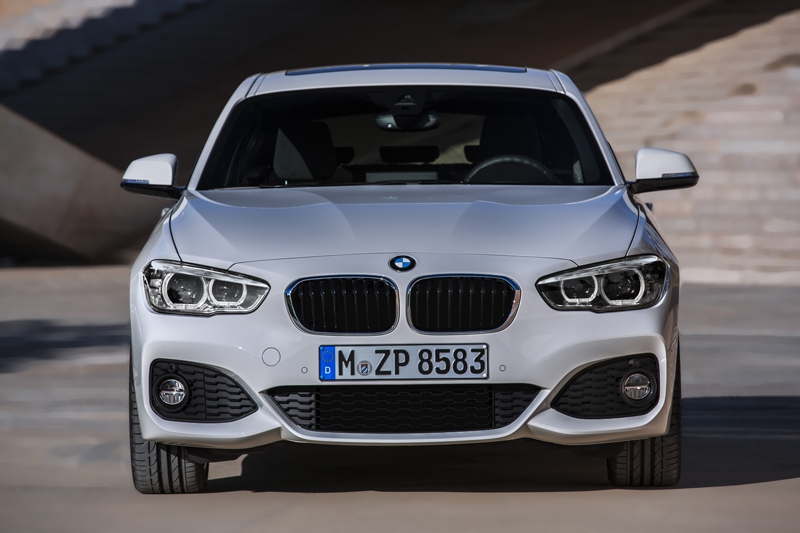
The new car features subtle but key differences to refine yet further the overall package. At the front, a new lower apron with larger air intakes and a horizontal bar combines with reshaped BMW kidney grilles and new headlamps that feature LED daytime driving lights as standard on all models. For the first time, full LED headlamps with low and main beam have been added to the options list, with Adaptive LED headlamps a further option. These follow the path of the road ahead, and also adapt their beam according to the type of road and conditions at any given moment. At the rear, new tail lamps with a familiar BMW ‘L’ shape design adopt striking LED technology.
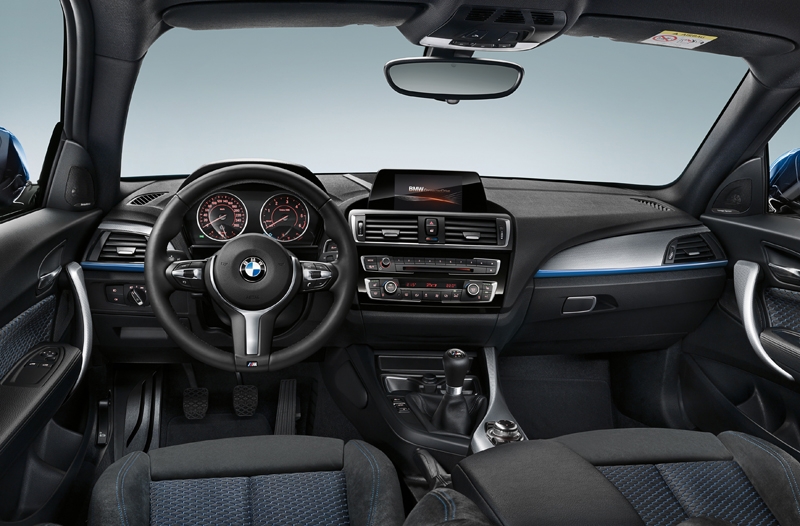
The driver-focused cockpit of the new BMW 1 Series is an even more welcoming, sporty, comfortable place to sit, thanks to enhancements to the design, and the materials and fabrics used. In particular, there’s a new cloth fabric for the seats. The BMW Radio Professional and iDrive operating system continues to be standard across the entire range so all new 1 Series models feature the freestanding, 6.5-inch Control Display, the controller wheel mounted on the centre console, and the direct menu control and favourites buttons. If the optional Professional Navigation system is fitted, the Controller comes with a larger, touch-sensitive surface for inputting numbers and characters, while the onboard monitor takes the form of an 8.8-inch display of particularly slim design.
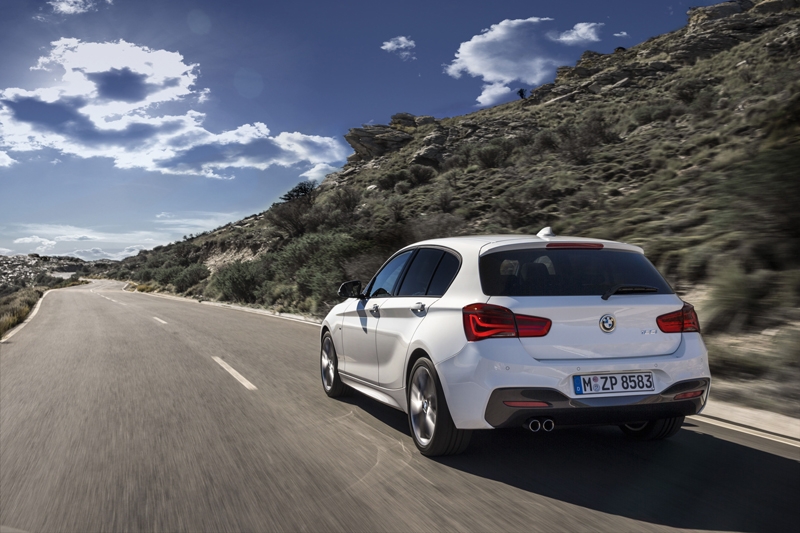
The new BMW 1 Series sees the introduction of powerplants from the BMW Group’s new engine family, plus an expansion of the standard-fit BMW EfficientDynamics technology.
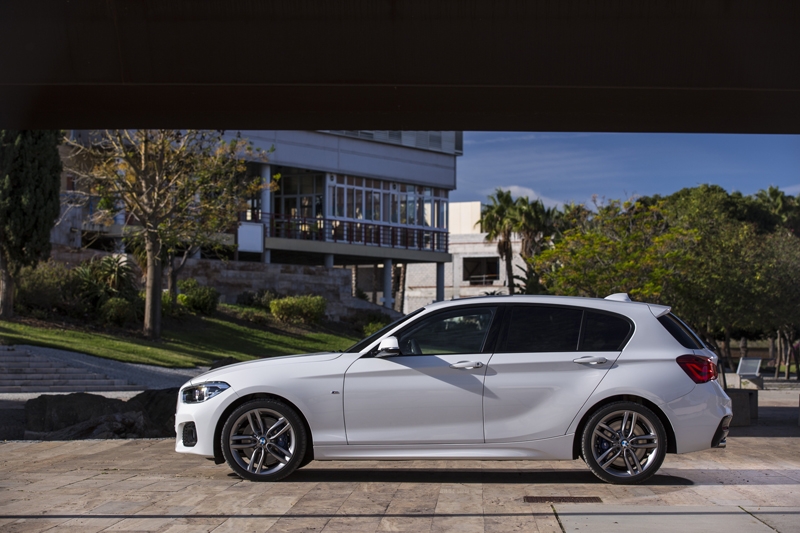
The new engines bring a reduction in fuel consumption of up to 12 per cent while simultaneously providing more power and sharper responses. All engines meet the Euro 6 exhaust emissions standard and offer as much as 326 bhp in the new M135i, with C02 emissions as low as 89 g/km in the new 116d EfficientDynamics Plus model. The eight-speed Steptronic transmission has also been further refined.
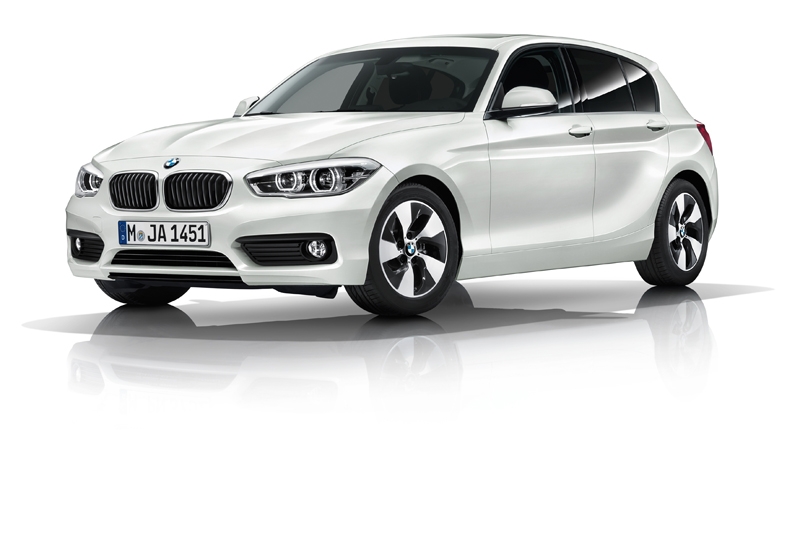
In all the petrol engines, the suite of BMW TwinPower Turbo technology includes not only a turbocharger system and High Precision Direct Petrol Injection, but also Valvetronic fully variable valve timing and variable adjustment of the intake and exhaust camshaft (Double-VANOS).
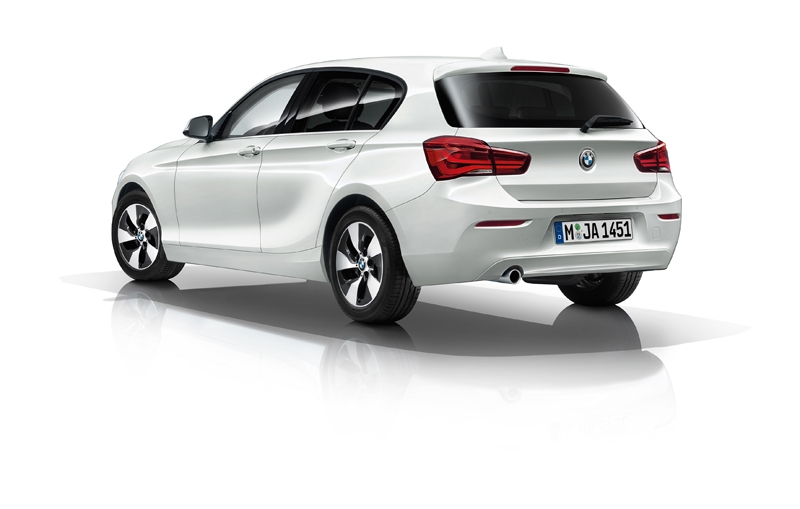
The BMW 118i and BMW 120i are both powered by a 1.6-litre four-cylinder engine. It develops 136 bhp and 170 bhp respectively, offering acceleration as low as 7.2 seconds to 100 km/h in the 120i and with fuel consumption and CO2 emissions of just 18.5 km/L and 125g/km in the 118i. The four-cylinder engine in the 125i features a 2.0-litre displacement, providing 218 bhp and peak torque of 310 Nm, enabling a 0-100 km/h time of just 6.2 seconds.
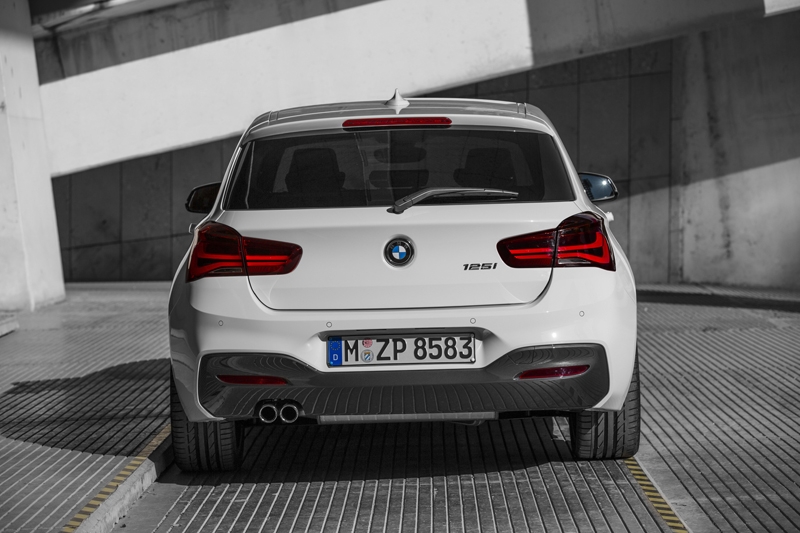
At the top of the petrol engine range remains the formidable M135i with its turbocharged straight-six engine. Power has been increased in the new model to 326 bhp, with peak torque of 450 Nm, enabling a 0-100 km/h time of just 4.9 seconds, yet the ability to return 13.3 km/L.
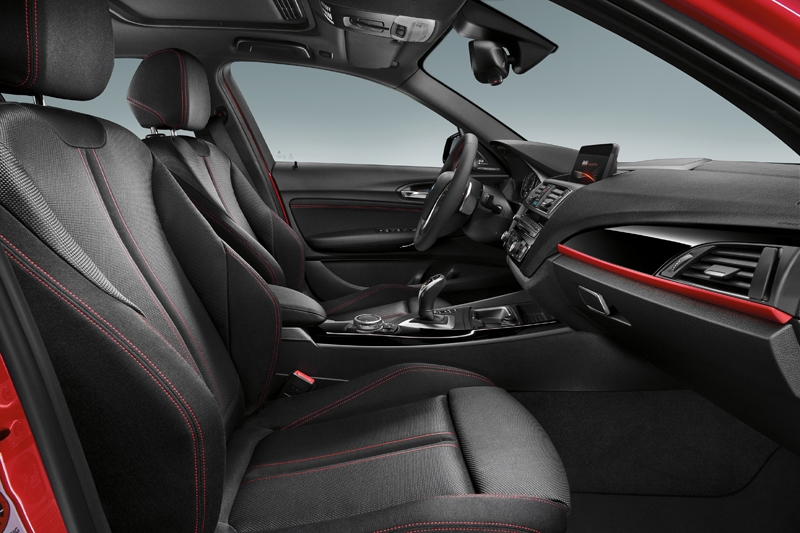
All of the BMW 1 Series diesel engines (116d, 118d, 120d and 125d) are sourced from the BMW Group’s new engine family. Points of note include the use of aluminium for the crankcase and cylinder head, a forged steel crankshaft with integrated balancer shaft drive, the configuration of the intake and exhaust components and of the ancillary systems, a map-controlled oil pump and a longitudinal positioning in the engine compartment. Other features in common are the coating of the cylinder walls, low-weight pistons and forged connecting rods.
